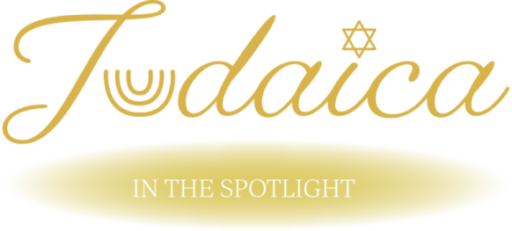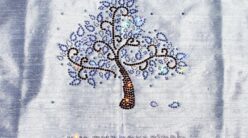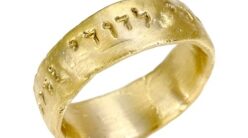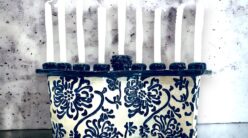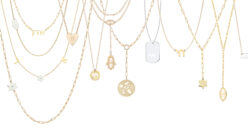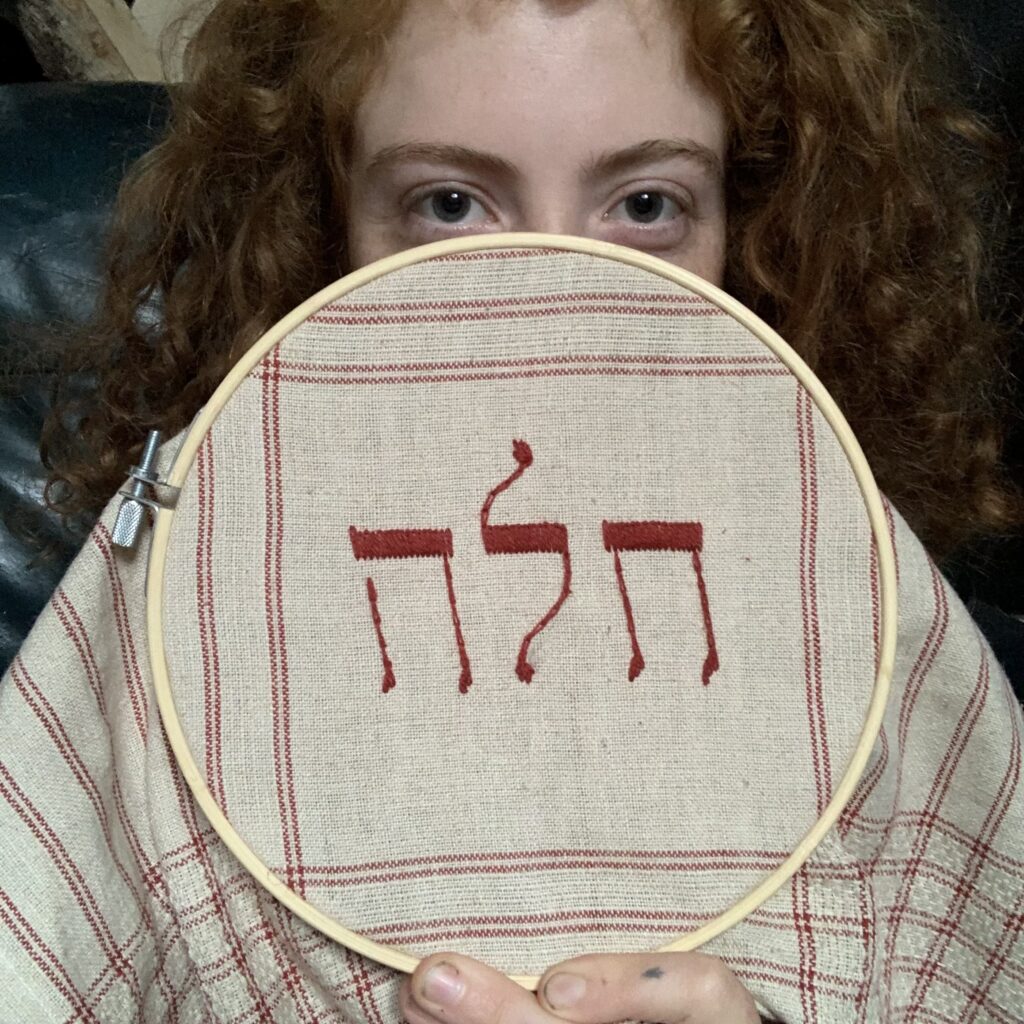
Photo: Courtesy of Black Cat Judaica
Tell us a little bit about yourself and your background.
I’ve lived my whole life in Vermont, in the northeastern United States. It’s a really rural community, and there aren’t a lot of Jews. In this area the shul you go to is usually the only one in a town bristling with pretty white church steeples, and they struggle to get a minyan together on any given shabbat. Consequently the congregations are always home to people with a wide variety of backgrounds and world views. Conservative Jews worship beside Renewal Jews and Reconstructionists. Because of this I’ve always been able to enjoy a wide range of ways to practice Judaism. Here, it’s abundantly clear that there isn’t just one way to be Jewish. I love being a Jew right where I am in the diaspora, whether I’m davening in my tiny congregation or hosting a Rosh Hashanah seudah for a group of my mostly non-Jewish friends.
What inspired you to become an artist?
My parents were both artists off and on during my childhood. My mother’s dear friend and our neighbor was a professional weaver, and I spent a lot of time in her workshop starting when I was very young. I can’t remember a time in my life when I didn’t understand the mechanics of weaving. When I was in college I took a weaving course for what I thought would just be an easy credit, but it ended up reigniting my love of the craft and reshaping all of my future plans. The way that fabric is shaped, and the way it shapes our everyday lives, is endlessly exciting to study.
What is your specialty?
For the most part I weave prayer shawls – tallitot. I work in wool and silk, occasionally in linen too. I make three different sizes of tallit. I make a linen tallit katan with linen tzitzit for wearing under clothing, and I make two different sizes of wool/silk tallitot gadolot with wool tzitzit. The smaller size is 24”x70”, and the larger size is 42”x70”.
I also make challah covers periodically when I have a lull in tallit orders, and I make kippot in a roughly bukharian style when I amass a lot of scrap fabric.
How and where do you work?
I’m lucky enough to have a workshop in my neighbor’s hayloft, where she lets me keep all my equipment for free! I’m privileged to be able to work by my own schedule, though I am constrained by the weather, as the hayloft is not climate controlled. I have to take a hiatus from weaving in the coldest winter months, because it is below freezing in the barn.
What is the most indispensable item in your workshop?
My big loom. I’ve got a couple of looms that I use for different sizes of tallitot, but the big old one, a grandfather of a loom that was probably built in the early 19th century in Westminster, VT, is like a really reliable friend. We work together very well.
Where do you take your inspiration? Are you pursuing any themes?
I’m that person in shul who loses track of the page in the siddur because I’m staring at the tallit of the person in front of me! The great thing about weaving tallitot is that the interpretations and variations are endless. Every time I think I know just exactly what a tallit looks like I see one that blows my mind. I feel like I’m constantly having my assumptions about my craft challenged by the craft itself. It’s a kind of conversation between me and the tallit.
Do you do bespoke work?
Yes, in a couple different ways. All of my tallitot are customizable, and every tallit is woven after I’ve received the order. I don’t have any backstock. I give my customers a few variables like color and size to choose from, and I also do custom embroidery upon request. I usually end up interacting with the customer about one thing or another on every order.
I also love to be given new challenges and ideas. I’m always open to requests via email or the contact box on my website! My dream is to weave and embroider a Torah mantle someday.
What projects are you currently working on?
At the moment I’m finishing orders and buttoning up the workshop before winter sets in. I’ll open the shop again in spring, and kein ayin hara, I’ll be able to move my equipment to my own house next summer so I can weave all year round!
What is your favourite design in your current collection?
To be honest, the thing I’m most proud of has been teaching my husband to weave and helping him to make his own tallit from scratch. It was very inspiring to see him create this thing from his imagination, and to see it come together into something both beautiful and functional. That’s where it all started for me.
How do you know when a piece is finished?
When I’ve tied the tzitzit!
What was the first artwork you ever sold?
I don’t know, but it was a long time ago… My parents always encouraged me to put my artwork out there in their sales and exhibits.
Which project have you enjoyed working on the most so far?
It’s really an ongoing thing for me. I love the process of interpretation and evolution that is happening between me and Jewish liturgical textiles. I feel like I’m always updating and improving.
What do you want to achieve with your work and what are your wishes for the future?
I want to be able to offer people a tallit option outside of the Israeli market. I want to provide a domestic option for Americans, as shipping Judaica overseas is pricey and bad for the environment. I also want to be able to offer affordable options and the opportunity to fulfill the mitzvah of hiddur mitzvah to people of all different economic backgrounds. To this end I offer sliding scale pricing. I have a target price for each of my products, but I give people the option to pay less or more than the target price. That way, those who can afford to pay more actually pay the difference so that others can pay a lower rate. It works beautifully and I think it really plays into the Jewish value of tzedakah. It’s not charity, it’s justice.
Where can we find your work?
Website:
Instagram:
Email:
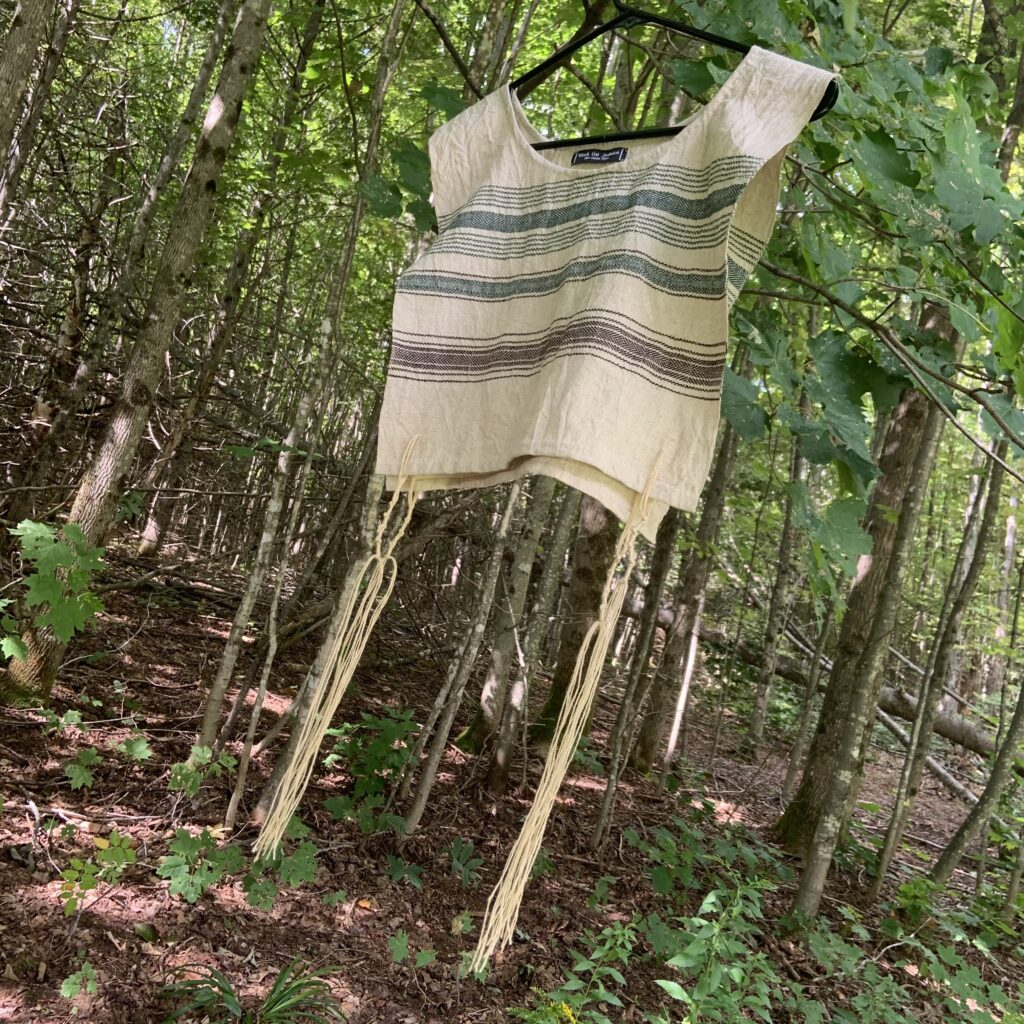
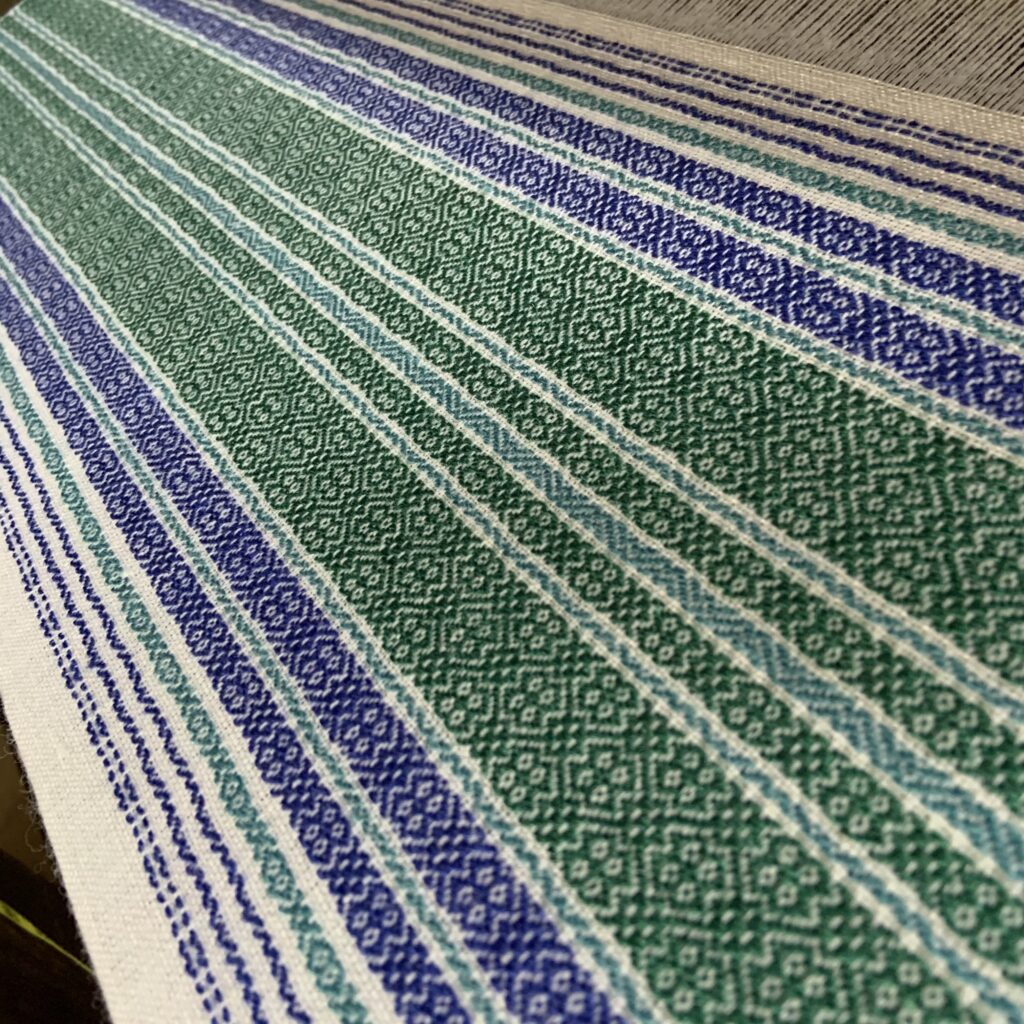
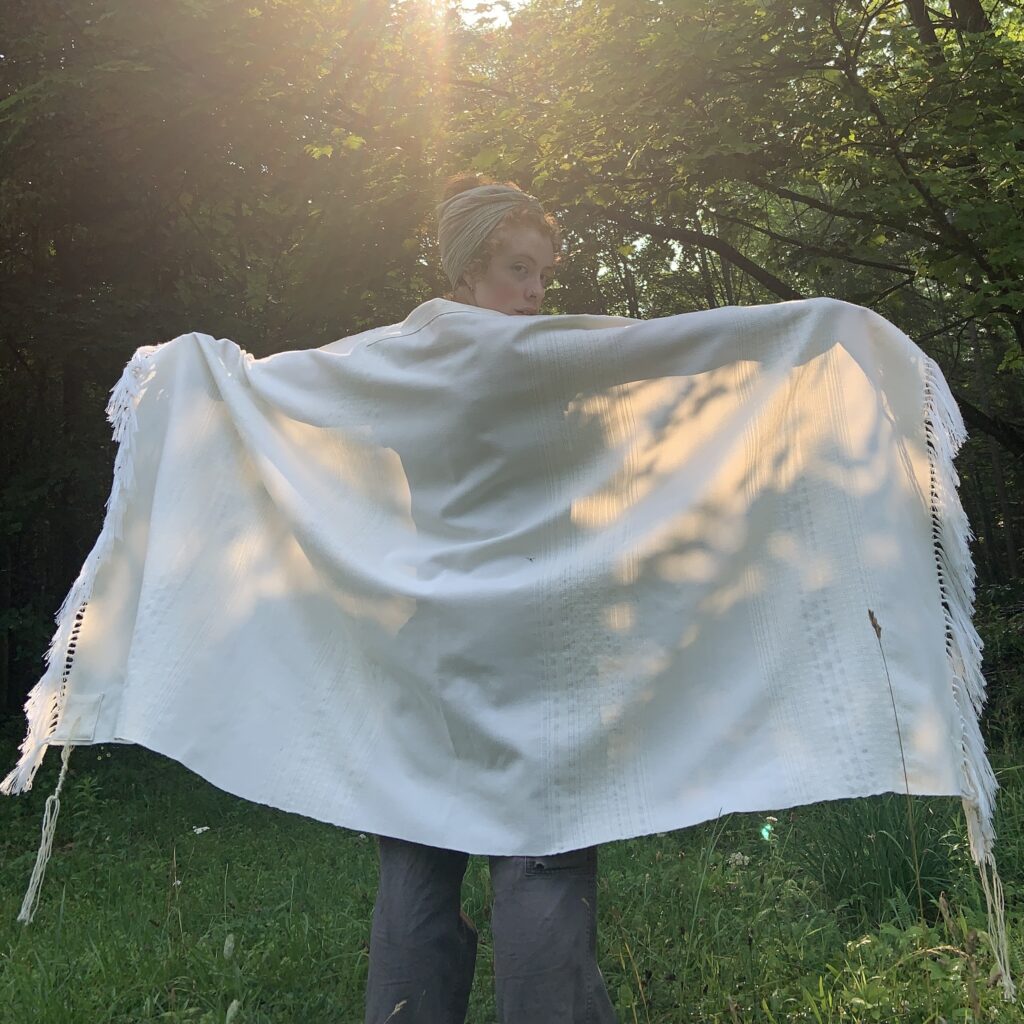
Photos: Courtesy of Black Cat Judaica
